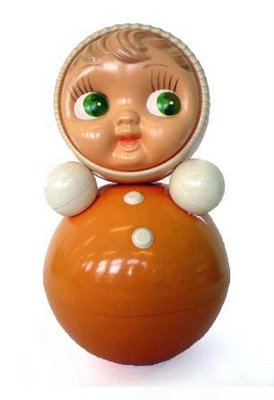 Soviet consumer products always reminded me of weeds. Cheap, anonymous, notorious for their clunky robust look, they proliferated in great numbers at all levels of Soviet society. Like the Soviet State itself, it seemed they were destined to live forever.
Soviet consumer products always reminded me of weeds. Cheap, anonymous, notorious for their clunky robust look, they proliferated in great numbers at all levels of Soviet society. Like the Soviet State itself, it seemed they were destined to live forever.Once Russia turned capitalist in the early 1990s, it was only a matter of time before “the weeds” got cleared out. Presently, most Soviet products are extinct, or at least endangered; perhaps they still could be found on flea markets, or far in the provinces. We picked them at random during our early visits to Russia, driven, in part, by collectors’ instinct, in part – by a desire to amuse our American design colleagues.
Today, these products may still amuse someone, but their unpretentious simplicity can also teach us a few design lessons. Eventually, they will pass into the realm of historical artifacts. In November 2008, part of our collection has been presented in a small exhibition at KIOSK Gallery in New York City. A few highlights are shown below.

